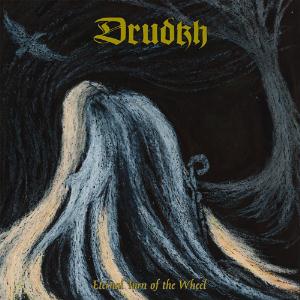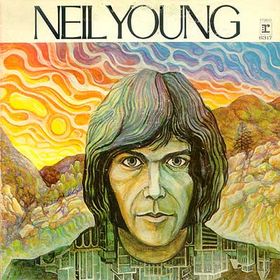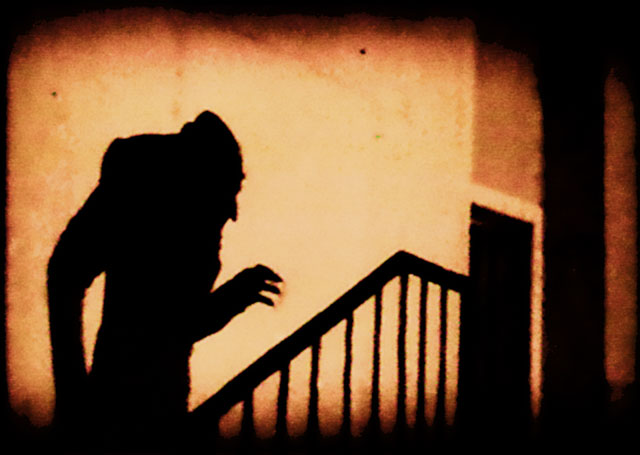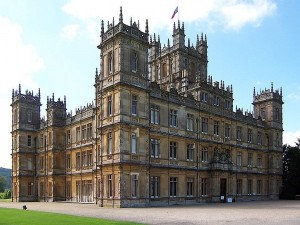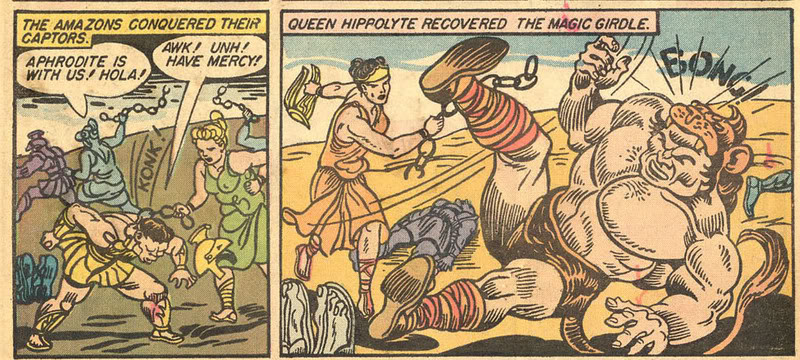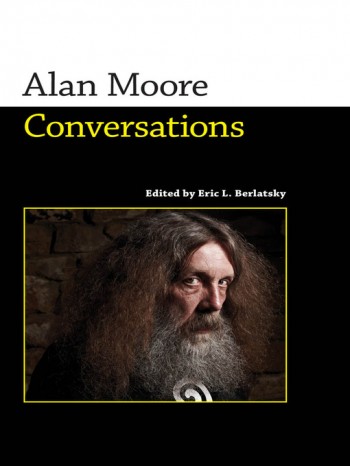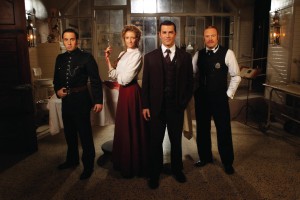
I had finished yet another cozy (this one with not-quite lesbian gardeners) and was waiting for more discs to arrive, so I moodily poked around Netflix’s Watch Instantly Options. And this time, it turned out rather well.
Murdoch Mysteries is a little different from the British shows I’ve been watching. First of all, it’s set in Victorian-era Toronto. Not a real Toronto, of course, but a much more Steampunk, brown and gray, scientifically-minded, Ye Olde Fashioned Toronto, full of interesting mysteries solved by thoughtful men in serious suits. And a female coroner in a series of very fine hats.
This is not a plausible show, OK?
It’s more like a Dr Who or Star Trek. Interesting ideas, fun acting, but you’re never going to worry that the main character will perish.
Also like those shows, each episode of Murdoch Mysteries focuses on some aspect of history or science (often forensic science) to solve the murder of the week. In the first episode, an electric company–but no. It’s too complicated and I can’t stop giggling over Nikolai Tesla’s ridiculous “accent” enough to type. (Not only is there Tesla, but also an adorable ancient golden retriever. Just go with it.)
Let’s take the episode Body Double instead (season one, episode seven, in case anyone cares). This particular episode is about the theater–Inspector Brackenreid attends a performance of Macbeth and during one of the crucial scenes a body falls from the ceiling and wham! right onto the stage.
In another TV show, the body would be fresh and gruesome, but not in Murdoch Mystery land. This corpse is long dead and decomposed and the episode revolves around solving the identity of the corpse and figuring out how (and why) there was a dead guy in the ceiling of the local theater.
Naturally, plenty of time is spent on how the theater worked during that time period, what kinds of plays were performed, how profits were made, etc. But the nifty part of this episode is that Doctor Ogden, the pathologist, decides to try a new technique. Using anatomy books, rulers, measured pins, and a few simple tools, she carefully layers modeling clay onto the skull in order to create a sort of mockup of what the dead man would have looked like, starting with various ligaments and gruesome muscle bits and working out to the skin.
Yeah, yeah, a Victorian-era pathologist probably wouldn’t have succeeded in creating an exact life replica of a dead man their first time out. Like I said, this show isn’t about realism per se. It’s more about learning how things could have been done, using simple ingredients you could find in your own cupboard and a sound understanding of our good friend, Captain Science.
Some of the semi-historical forensics are more believable than others. The size of blood droplets can determine the nature of a wound, apparently, and I had a good time watching long-suffering Constable Crabtree get roped into shooting an already dead pig’s head with a gun at various distances to see how and where the blood would get on his clothes.
In addition to these techniques, the show tosses in historical figures. Prince Albert, for example (yes, the one in the can…) shows up, as does Sir Arthur Conan Doyle, Tesla, and Buffalo Bill Cody. These historical figures are often used for comic effect or to illustrate interesting historical issues.
Which brings to me one aspect of the show that I don’t really enjoy as much. In a somewhat Star Trekish fashion, Murdoch Mysteries attempts to explore Important Sensitive Issues of that Time. For instance, one show is set in Chinatown and some of the police constables treat the Chinese immigrants like dirt. (Our plucky detective shows them that’s wrong, of course.) Did the show also show the Chinese as big gamblers? Yes, of course it did.
In a similar vein, does the Temperance League appear in this series? Yes of course it does. Does the show address the very real issue of alcoholism during that time or does it make the Temperance Leaguers seem like annoying teatollers? (Or, ahem, S&M practicing sexual deviant murders…..yes, really.)
One show, about the insular Jewish community, gave me a heck of an eye twitch. It portrayed the police constables as doing their best to convince those pesky Jews to let the police do their jobs (showing the rabbi as being unwilling to allow an autopsy, various people as unwilling to talk to the cops about the crime, a wall of silence, and so on). The villain (also Jewish, who runs a tailoring and clothing sweatshop, no less) complains that the investigation into the murder is all persecution and antisemitism. The police are shown as being thoughtful, considerate, kind….the Jews as insular, difficult, weird, and money grubbing. Did I mention the money grubbing? Not only was there the main (insular) Jewish community, there was also the more acceptable (but still annoying) powerful and political Jewish family with old money. The rabbi of the community ends up betraying one member of his community in order to gain money for the greater good and says he’d do it again. And so on. Some of the Jewish characters are given more depth (one is a union organizer, one is a young woman who spends the whole time ill and unable to say much) but it’s not by much. Considering how genuinely awful police treatment of various minorities was in real history (and today, ahem), I found the episode in somewhat bad taste. Yes, Murdoch might not be mean to someone just because they’re of a different religion (he’s Catholic), but come on. It’s not just that particular episode that irritated me. The episode about Indians/First Nations did discuss some Indian issues…..but also had an Indian villain. Etc.
Personally, I just decided to peek at the synopsis and skip the episodes I thought would make me cranky, but I wanted to mention it for the unwary. I’ve certainly seen worse, and it doesn’t render the whole show unwatchable, but….I’m sure as heck not going to watch the episode about abortion.
But setting that aside, the main purpose of the show is tone and setting. The overall theme is a bit more comedic than dramatic. Episodes often contain joking references to modern day inventions (like Scotch tape). Others show how circus performers do tricks or how one of the tricks in Buffalo Bill’s Wild West Show would have been performed (using fake bullets, cigarettes, and sleight of tongue).
William Murdoch is the main character, and he’s fairly entertaining. A scientific and eccentric man, he was raised by Jesuits. He often reads odd books and decides to try newfangled ideas and logical approaches to problems. His boss, Inspector Brackenried, is more savvy about people and more heavily muscled. Brackenried, while he often thinks Murdoch is a bit loony, lets him approach problems in his own way, and is usually fond and proud when his odd subordinate succeeds. Constable Crabtree is Murdoch’s earnest but not too bright assistant. He provides comic relief and is kind and sweet. Dr Julia Ogden is Murdoch’s love interest, brainstorming partner, and the police station’s pathologist. She’s usually seen up to her elbows in a corpse.
There are minor throughlines, such as a romance/flirtation between Detective Murdoch and Dr Ogden, and marital troubles between Inspector Brackenried and his wife over his drinking, some conspiracy theories/political machinations of various governments (usually involving brash and hawklike Americans!), and some recurring side characters such as the alienist (psychiatrist) who Murdoch consults about troubled minds. Mostly, however, the show is more episodic and I’ve skipped around without running into any trouble.
What can I say? Great hats, awesome costumes, witty banter, beautiful settings.
A fine show to watch while folding laundry or getting over a cold.

